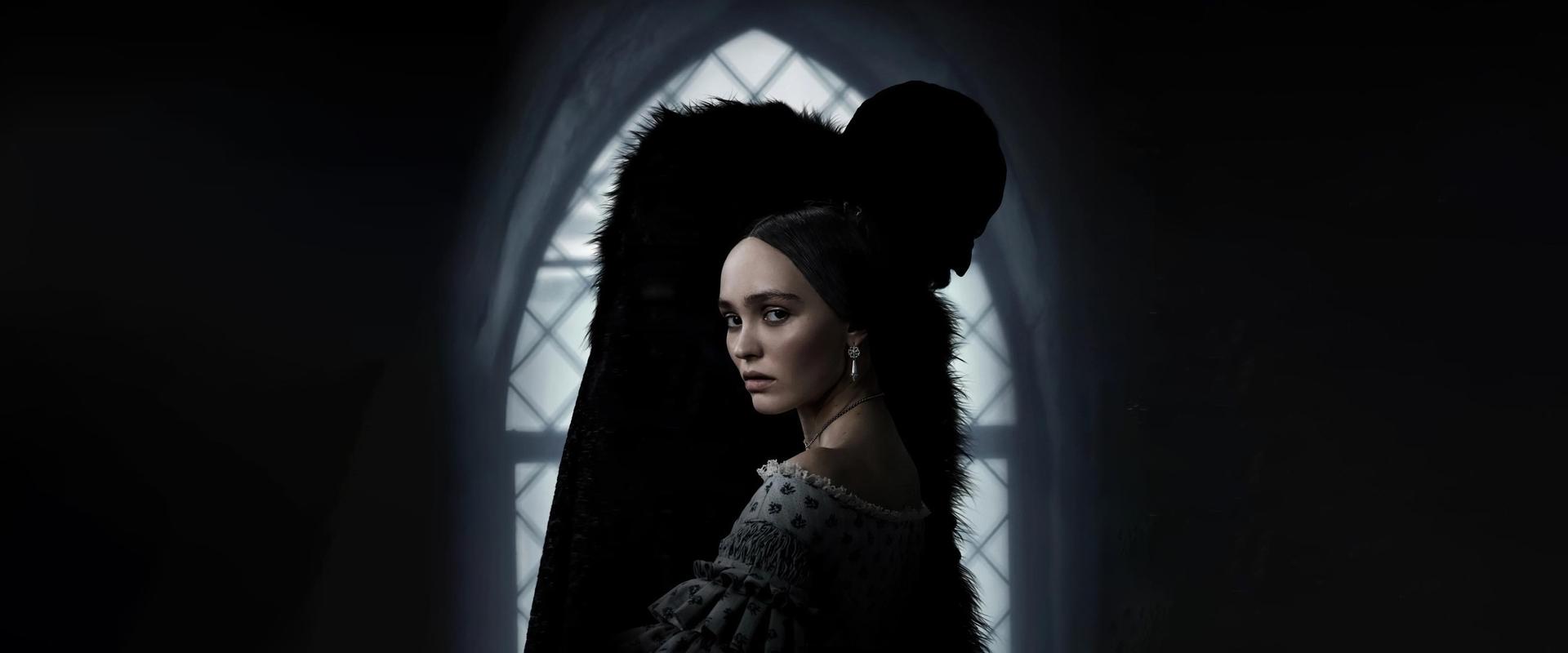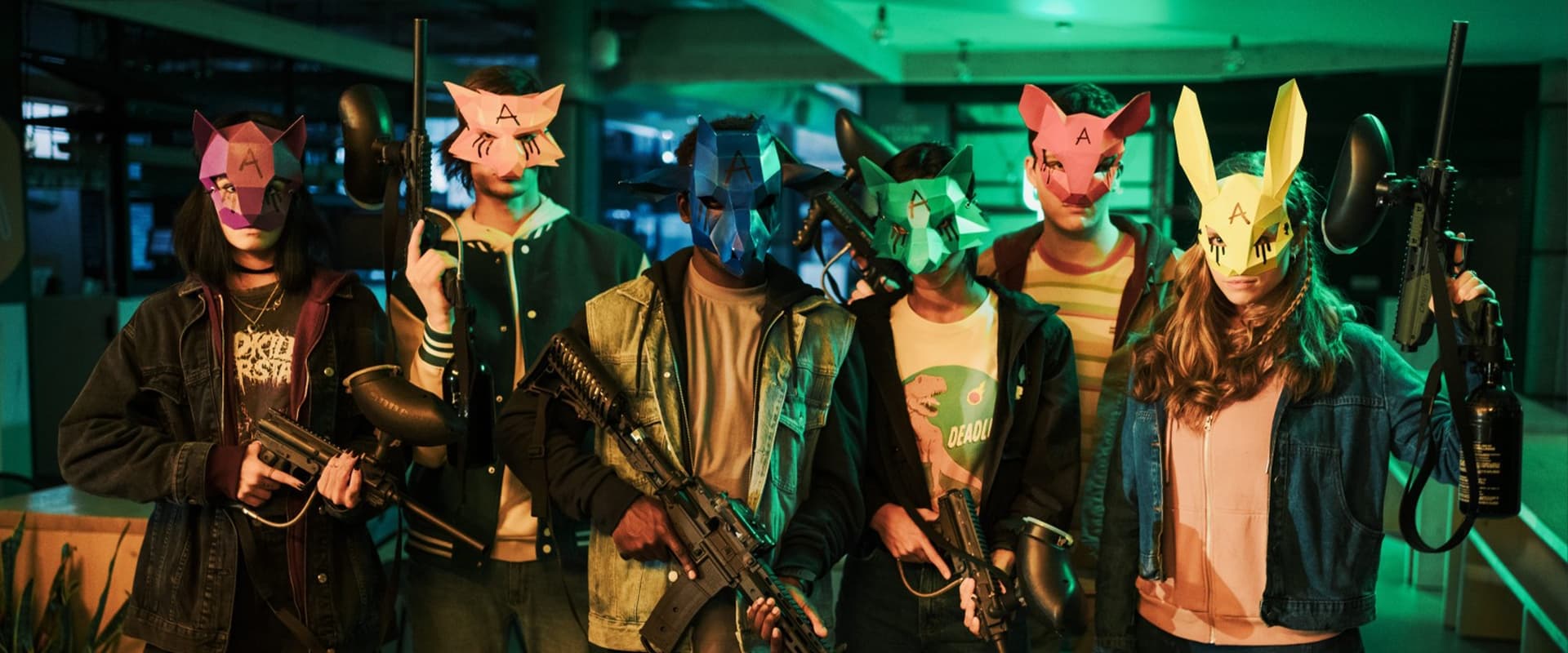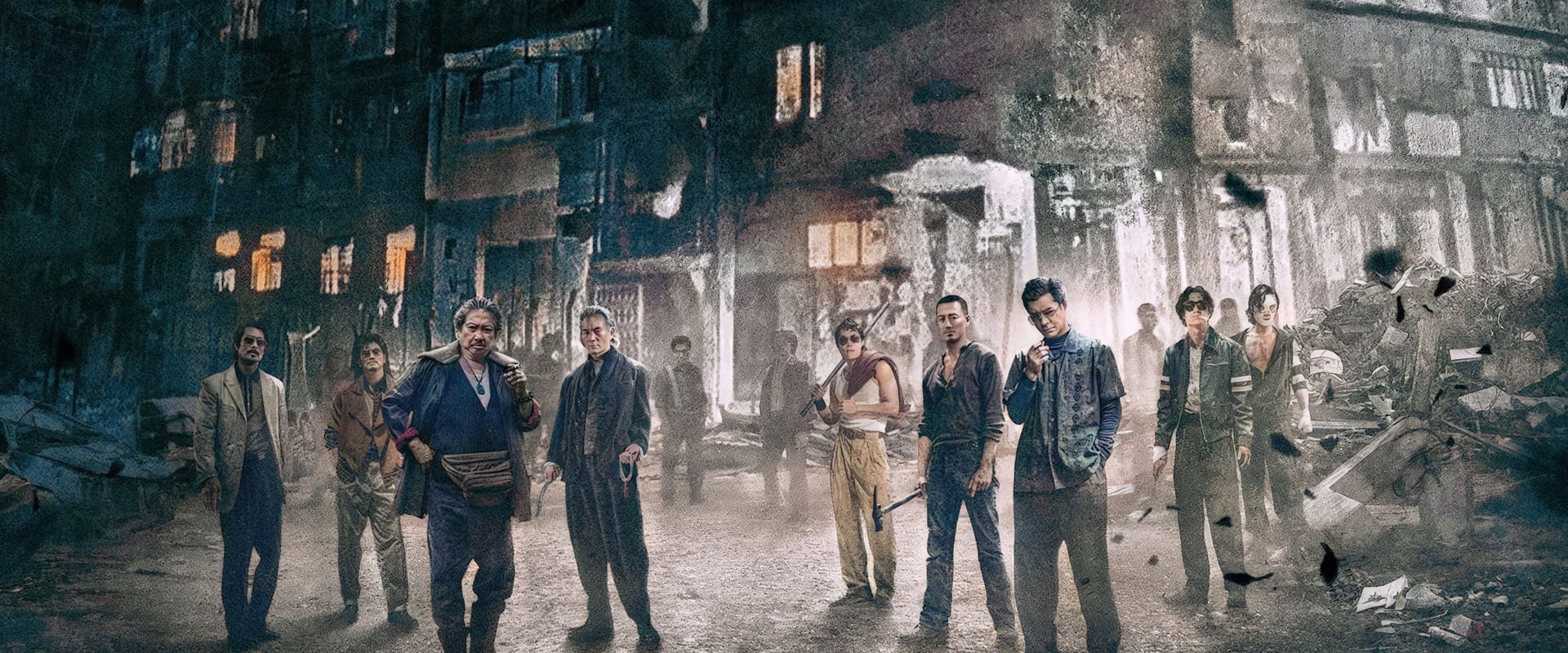Let’s step into the flickering half-light—the one cast not just by moonlit castle windows, but by nearly a century of cinematic shadow—the legacy of Murnau’s original “Nosferatu” looming long, thin, and predatory across the wall. Robert Eggers’ 2024 reimagining doesn’t so much resurrect the silent classic as it exhumes it, dusts it off with reverence, and then sinks its own sharp teeth into the mythos, drawing fresh blood for a new era. The old Count is back—and he’s hungry.
Let’s get right to it: horror’s great, bat-winged grandfather is now stalking your local multiplex, and Eggers, that self-anointed priest of New American Gothic, delivers a “Nosferatu” that is less a remake than a deliberate haunting—one part séance, one part subversion. The skeleton of Murnau’s original—the pallid plague-bearer, the terrified wife, the greedy little Renfield surrogate, the dank, doom-cloaked architecture—remains exposed, but Eggers fleshes it out with raw modern anxieties, shivering flesh, and the beautiful decay only the digital age could afford. Call it the difference between the hiss of silent film and the guttural growl of Dolby surround.
Lily-Rose Depp, stepping into the tenuous shoes of Ellen Hutter, manages a performance that twitches with the exquisite agony of Murnau’s era—a fragile damsel dragged through hell, but with panic and pathos dialed to eleven. Where Greta Schröder’s silent suffering was measured out in flickering glances and clutching fingers, Depp wails in widescreen, letting terror and longing twist together until you can almost smell the mildew and moonlight. Depp makes Ellen not just a victim, but the locus of a metaphysical fever—the spiritual epicenter of Count Orlok’s viral hunger. It’s the desperation of the moth, beating futile wings against obliteration.
And what of the monster himself? Bill Skarsgård, already a connoisseur of ghoulish pronunciations, wears Orlok’s claws, teeth, and centuries’ worth of rot like a bespoke tuxedo of nightmares. Max Schreck’s original performance (not so much a man as a question mark in a rat costume) gave us the quintessential movie ghoul, the very shape of the unspeakable. Skarsgård honors this legacy with grotesque dexterity, his Orlok at once monstrous and weirdly tragic—a creature less of operatic evil than existential rot. The makeup—sublime in its repulsiveness—lets us mourn behind the horror. Eggers’ camera lingers, unkind but loving, as if we, too, are compelled to stare at this thing that should not walk in daylight. When Skarsgård leeches onto the screen, the temperature drops—you could almost believe your own veins have begun to wither.
And it’s not just the headliners who shimmer with gothic malaise. Nicholas Hoult’s Hutter comes brimming with real, palpable dread, like a traveler who knows the night train only leads deeper into the wilderness of himself. He’s the rare horror protagonist who doesn’t abandon his fear for pluck; he lets it gnaw at him, and us. Simon McBurney’s Herr Knock is the lunatic we deserve—craven, delirious, delightfully revolting. Channeling the grotesque, pantomiming a puppet with strings tangled by unseen hands, McBurney’s Knock becomes the film’s cackling id. One suspects, if you squint, you can see silent-movie intertitles trailing after him—though his screaming is plenty loud for 2024.
Ah, but then there’s Dafoe—a veritable vampire of cinema—chewing not just scenery, but the whole mood. His Professor Von Franz is played as if Eggers slipped him espresso laced with arsenic, the performance teetering so joyfully on eccentricity that it nearly breaks the tension. Whether this comic dissonance is genius or madness depends on the viewer’s own taste for horror laced with a wink. For my money, it’s a stroke both bold and discombobulating: like finding a laughing skull at the end of a dark corridor.
The soul of “Nosferatu”—always—has been in its atmosphere. Murnau’s original arose from the grainy black-water of German Expressionism, all shadows at impossible angles, every corridor a neurosis. Eggers, a director who’s made a fetish of authenticity, pays homage by turning his modern cameras into necromancers. Stark black-and-white, chiaroscuro as sharp as a fang, and set designs that don’t so much evoke the Victorian era as trap the audience within it—this is production design by way of Sartre’s “No Exit”: hell is not just other people, hell is these walls, these costumes, these echoes. The image is at once a love letter to 1922 and a defiant declaration—Eggers will not drown in nostalgia. His “Nosferatu” laces silent-era beauty with digital dread, letting the old and new dance until it’s impossible to say where the homage ends and the innovation begins.
Thematically, Eggers digs past standard vampire lore—the outsider, the trickster, the predator—and excavates unease sharper than any coffin nail. Loneliness festers here; supernatural corruption seeps through every shot. The borders between reality and nightmare blur, as if the sum of horror cinema is waking up mid-dream and realizing you’ve been bitten. The fatalism of the original, that yawning despair of plague and fate, is allowed to metastasize—Eggers making sure that free will is a myth the living tell each other to keep away the dark.
The failings? Sure, there are a few, and they’re not mere trifles in the night. Eggers’ pacing, so methodical it sometimes resembles a mortician at work, can indulge itself to the point of inertia—lingering over shadows when what’s needed is a sudden movement in the dark. Some scenes wallow, others are rushed as if afraid to meet their own gaze in the mirror. Dialogue, striving for antique realism, sometimes creaks and groans as badly as Orlok’s crypt. And the ending, for all the swirling, existential horror that comes before, feels just a touch perfunctory—a quick stake to the heart of a film that deserves a more operatic death rattle.
Yet these are, if not forgivable, then at least understandable. “Nosferatu” is a love letter written in blood to its forebear—a reminder that some stories never age, they merely grow new fangs. Eggers’ version may not supplant Murnau’s mad, poetic original, but it stands as a worthy successor: haunted, haunting, and, crucially, alive. This is horror that doesn’t just ask you to look into darkness—it begs you to wonder what in yourself stirs at the sight of it.
For those who worship at the altar of atmosphere, of unease slow-cooked to a rolling boil, “Nosferatu” (2024) is essential viewing—less a film than a fever, a lucid nightmare staggered in candlelight. When the credits crawl, you’ll find yourself haunted not by what you’ve seen but by all that lingers. For isn’t that the point? It’s not the vampire in the shadows, but the shadow left within you when morning comes.


